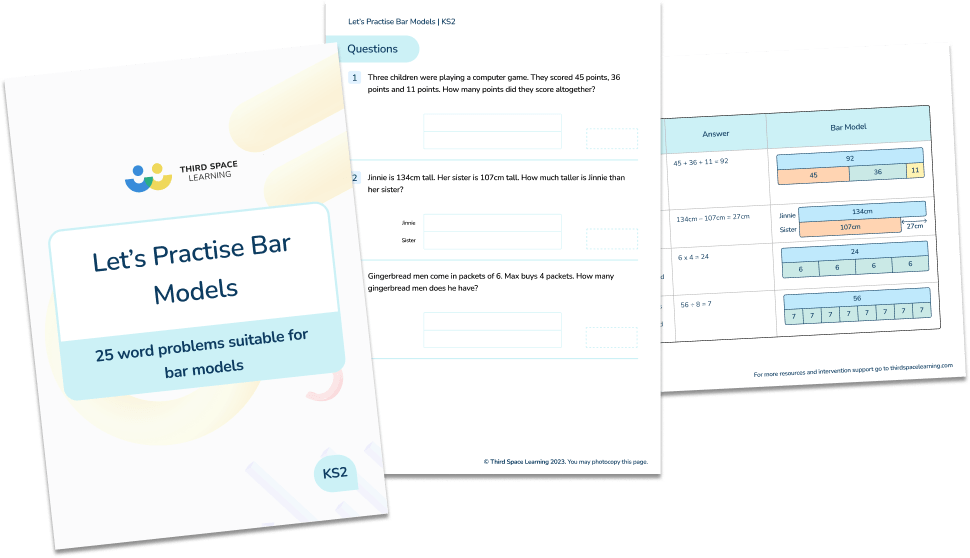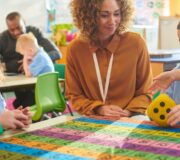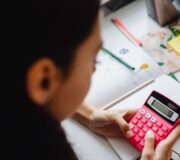The Fraction Bar Model: How To Teach Fractions Using Bar Models
The fraction bar model is a great way to introduce fractions to your young maths learners. Fractions can be a tricky concept for students to grasp and the visual representations of the bar model method can really help.
- What is the fraction bar model?
- When do children learn fraction bar modelling?
- Why teach bar model fractions?
- How to draw a fraction bar model
- Finding fractions using the fraction bar model
- Improper fractions and the fraction bar model
- Equivalent fractions and the fraction bar model
- More fractions and bar models resources
Let's Practise Bar Model Word Problems
Download this worksheet and learn how to use bar models to answer a wide variety of maths problems.
Download Free Now!What is the fraction bar model?
What is a bar model and how can it be used to teach fractions? Bar models are a ‘maths mastery’ technique and part of the concrete pictorial abstract approach of teaching mathematical concepts.
The fraction bar model uses a whole bar broken up into equal parts, a part whole model, to illustrate fractions of a whole. For example, a whole bar broken up into eight equal parts would be used to demonstrate eighths, and that eight eighths make up one whole.
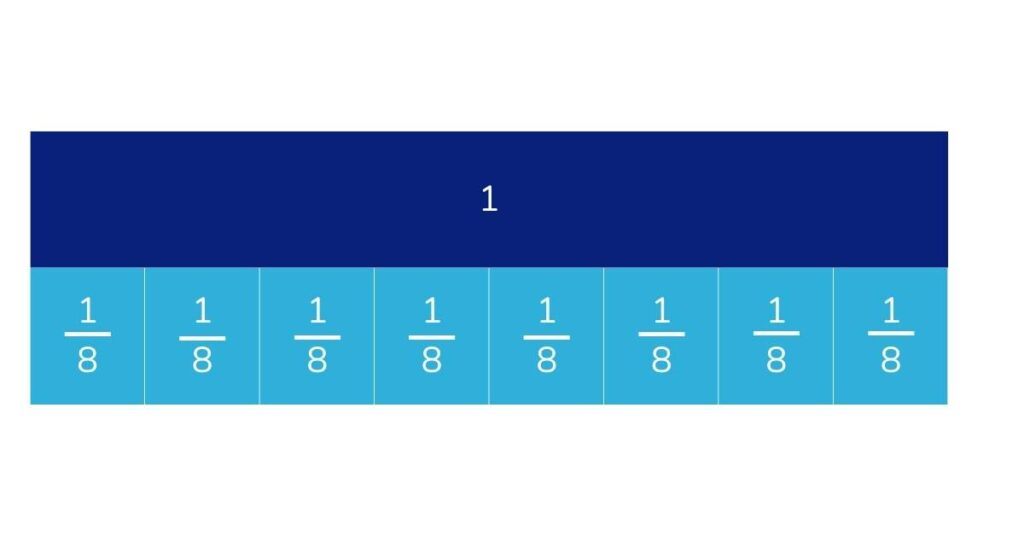
A fraction wall uses a series of bar models to illustrate fractions and how different fractions relate to a whole.
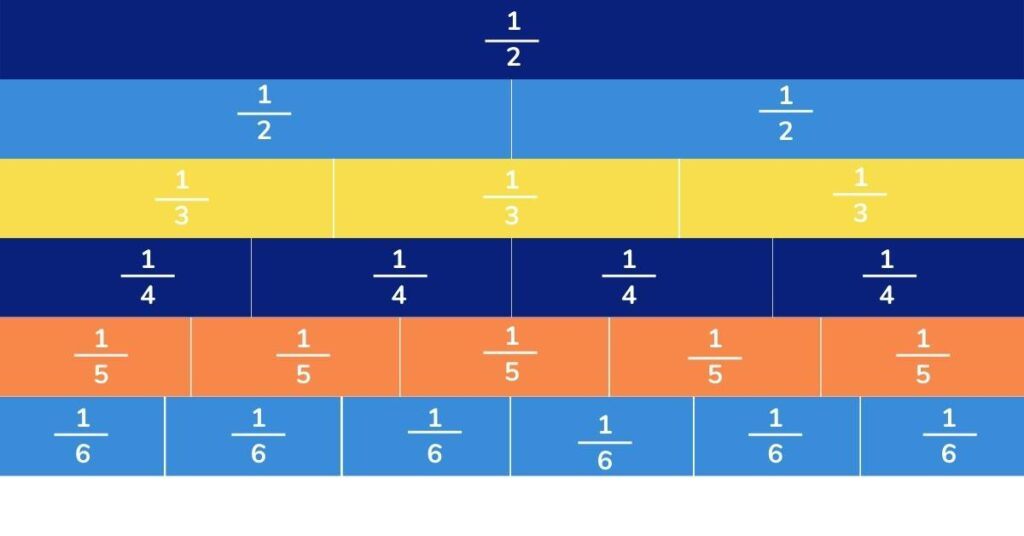
When do children learn fraction bar modelling?
According to the national curriculum, children will begin learning simple fractions, such as halves and quarters in Key Stage 1. As children progress into Key Stage 2, they will be introduced to increasingly complex maths problems using fractions where a bar model could help.
Why teach bar model fractions?
Bar modelling is a great way to support childrens’ understanding of fractions and problem solving. Bar models can be used to teach both unit fractions and non-unit fractions. Bar models help children to visualise the maths in front of them, organise their thoughts and solve problems.
Bar modelling can also be used to teach number bonds, place value, addition, subtraction, percentage, solve word problems and for bar model multiplication and division.
Read more: Year 6 word problems

Meet Skye, the voice-based AI tutor making maths success possible for every student.
Built by teachers and maths experts, Skye uses the same pedagogy, curriculum and lesson structure as our traditional tutoring.
But, with more flexibility and a lower cost, schools can scale online maths tutoring to support every student who needs it.
Watch Skye in actionHow to draw a fraction bar model
Drawing a fraction bar model is simple:
- Draw a rectangle, it does not matter what size.
- Look at the denominator of the fraction you wish to represent.
- Divide the rectangle into the same number of equal parts as the denominator of the fraction.
- Shade in the same number of pieces as the numerator of the fraction.
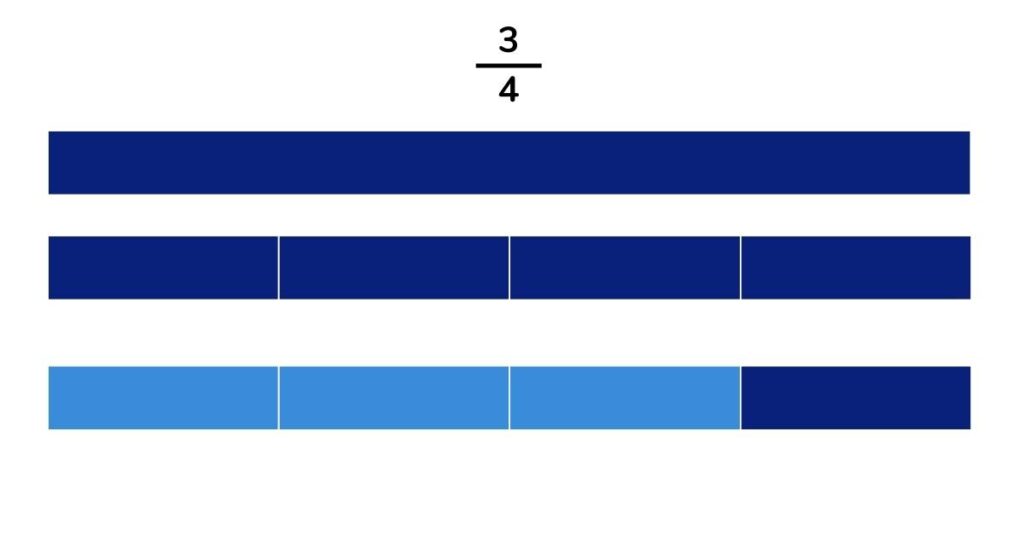
Finding fractions using the fraction bar model
Bar modelling can be used to help children find fractions of an amount, for example ⅕ of 25. Instead of starting with the fraction, students start with the whole number which they then must divide into fifths.
The bar model helps to illustrate that five equal parts are added together to make the whole.

Improper fractions and the fraction bar model
Improper fractions are fractions that have a larger numerator than the denominator. Children will often be asked to convert improper fractions into mixed numbers. In this case, bar modelling can be very useful.
A mixed number is a whole number combined with a fraction, for example, 3 \frac{2}{3}. This mixed number and its equivalent improper fraction can be represented using the fraction bar model.
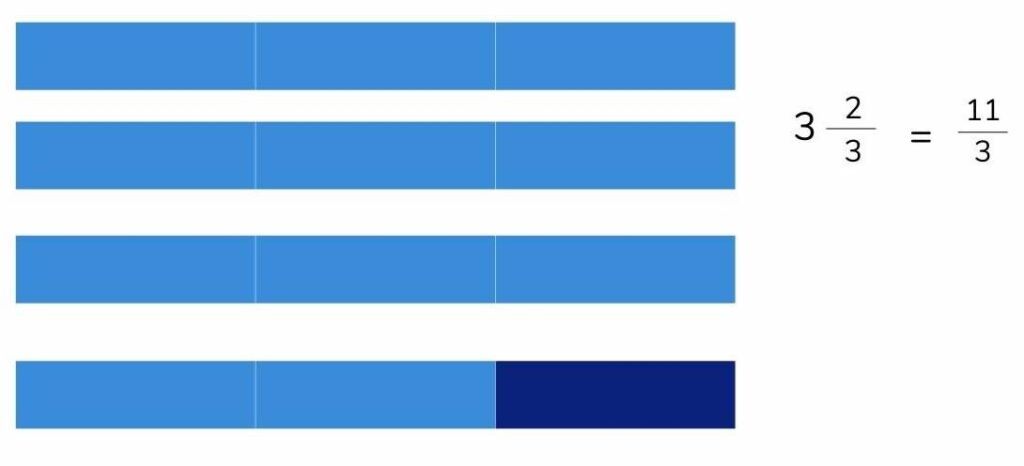
Equivalent fractions and the fraction bar model
Some maths problems may require children to identify equivalent fractions. Bar models can make this a lot easier as it removes the abstract and instead uses a concrete visualisation, enabling children to compare visuals and identify equivalent fractions.
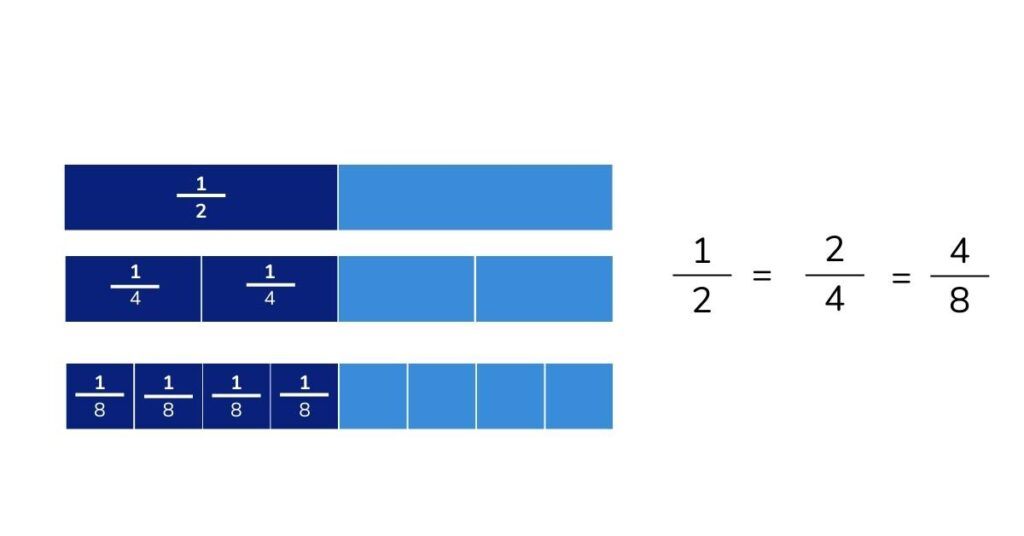
More fractions and bar models resources
Third Space Learning’s maths hub provides a wide range of primary resources for teaching fractions and bar models. Our AI tutoring also uses bar models to help children to gain a deep understanding of mathematical concepts.
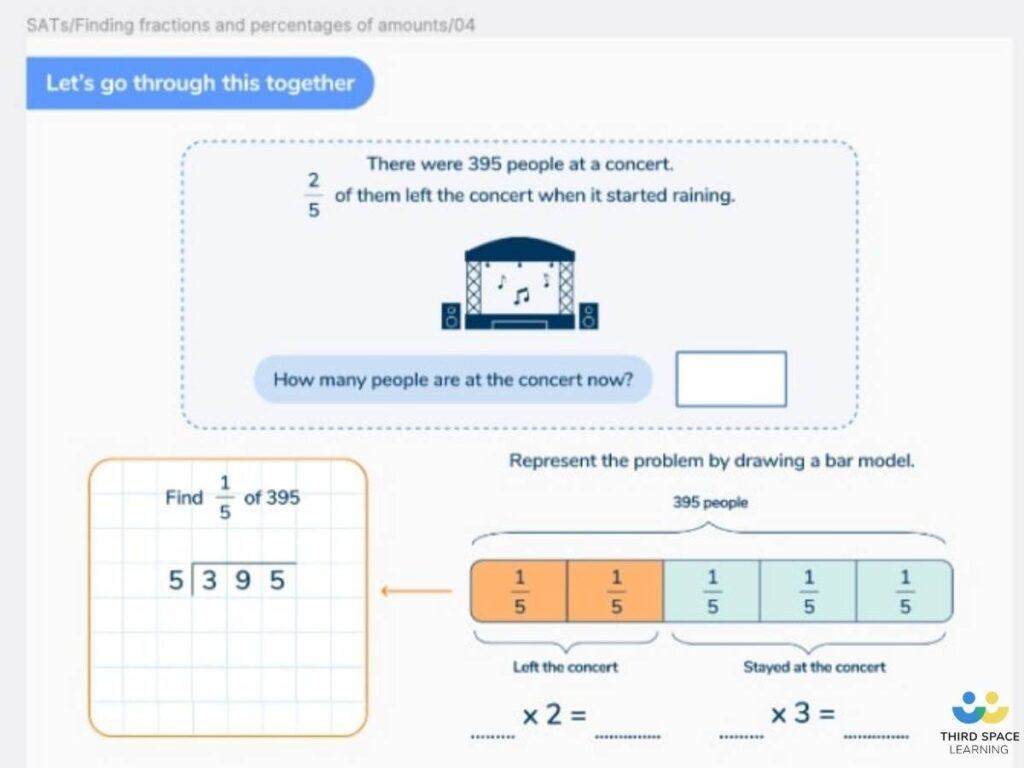
DO YOU HAVE STUDENTS WHO NEED MORE SUPPORT IN MATHS?
Skye – our AI maths tutor built by teachers – gives students personalised one-to-one lessons that address learning gaps and build confidence.
Since 2013 we’ve taught over 2 million hours of maths lessons to more than 170,000 students to help them become fluent, able mathematicians.
Explore our AI maths tutoring or find out about an online maths tutor for your school.



